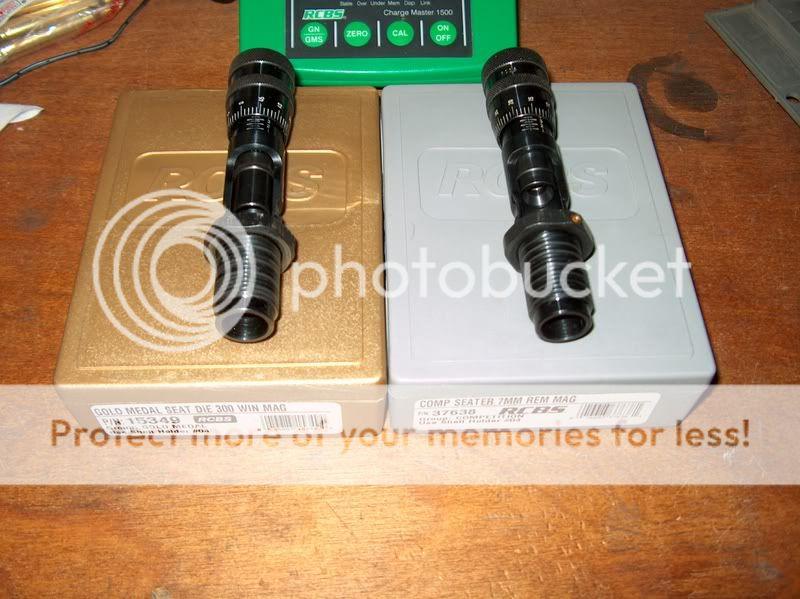grizzlydueck
Member
I want to upgrade my performance out of my winchester 7wsm brass for example correct the run out -the rcbs comp dies are different from the gold metal but does anybody have any experience with the gold metal seater die and does it match the performance of the redding or other top comp dies ?
thanks so much for any info
thanks so much for any info

